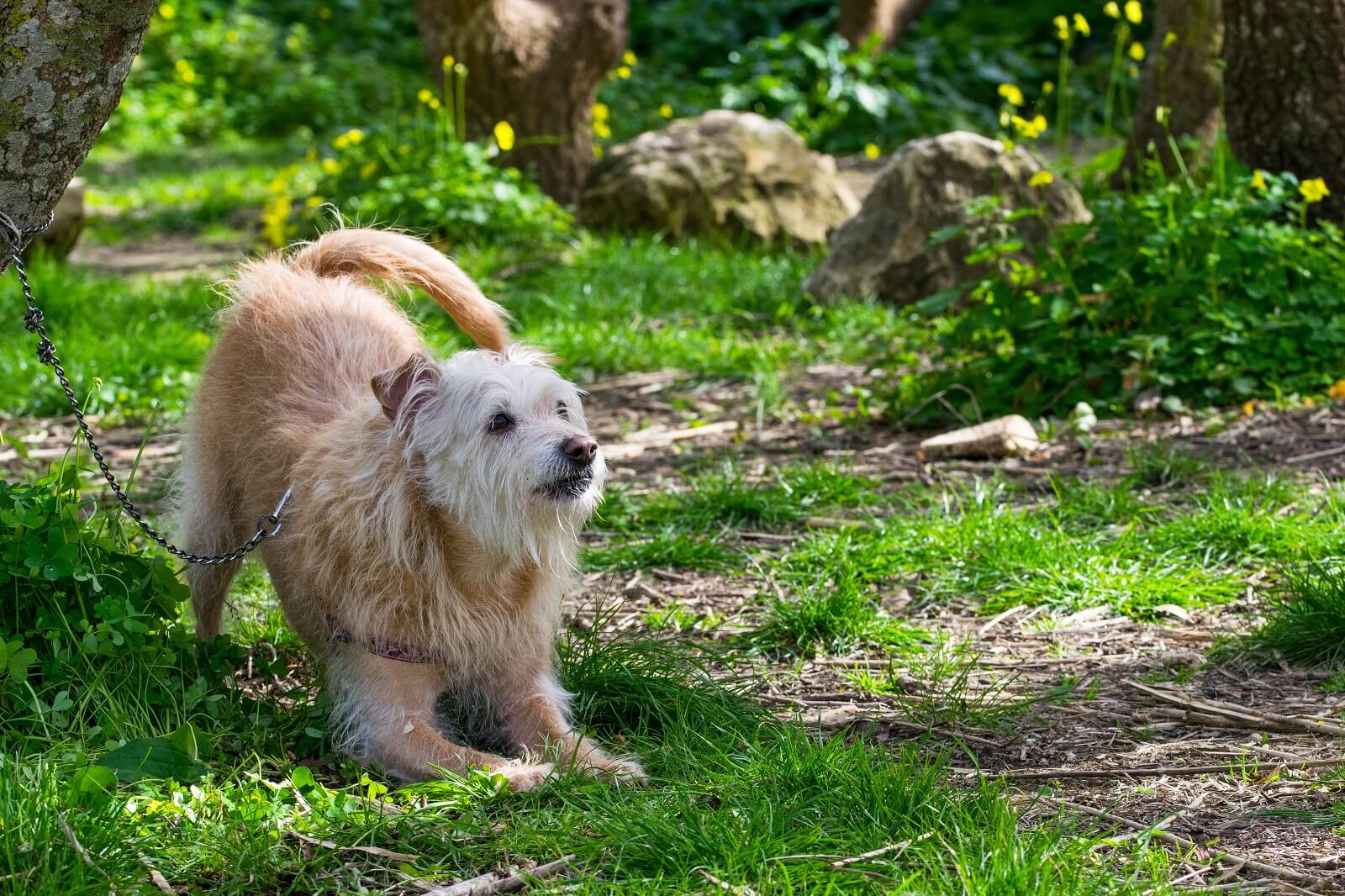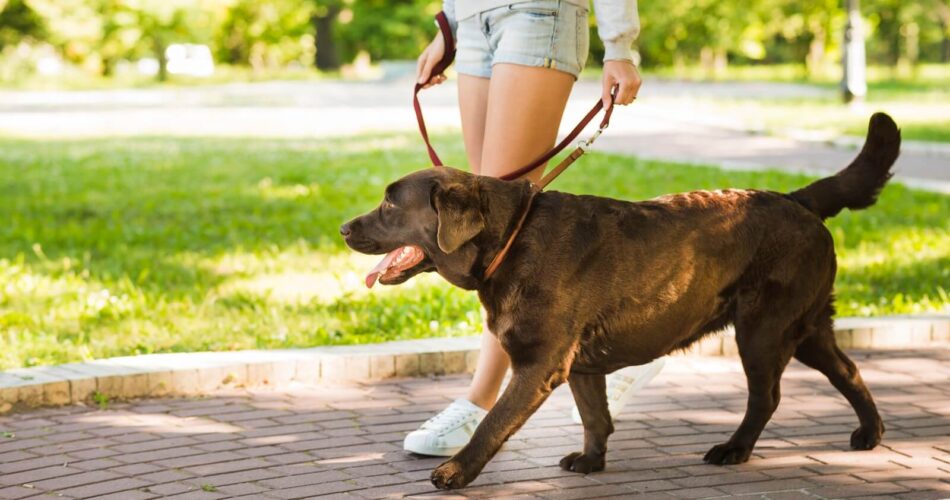Over their 10,000-year-long domestication, dogs hdallas cowboys slippers mens castelli gabba inflatable kayak jock strap asu football jersey custom stitched nfl jersey borsa prima classe nike air jordan 1 elevate low custom nfl football jerseys custom sublimated hockey jerseys deuce vaughn jersey latex hood yeezy boost 350 v2 hyperspace college football jerseys brock bowers jersey ave incredibly improved the ways they behave. However, our beloved modern canines are still prone to misbehaving. Dog behavior problems are more common than one might think. It is because dogs are instinctually driven, and even the best-trained dog can do something we perceive as misbehaving.
Sadly, most behavior issues are misunderstood, and unless well-experienced dog parents tend to mishandle them, which only exacerbates the already bad situation. The first step toward solving destructive behaviors is to understand why they occur and discovering their trigger. Then, you can start using proper training techniques to manage them successfully. Luckily, all behavior problems are manageable.
The Top 10 Dog Behavior Problems
There are plenty of dog behavior problems. Some are benign and a bit funny, and others are severe and annoying. We will review the most common dog behavior problems. We will also give you tips on how to fix dog behavior problems.
Excessive barking
Dogs communicate with each other and their surrounding through barking. Lacking the ability to talk, dogs speak by barking. There are several different types of bark based on what the dog is trying to say, including:
- Playfulness
- Excitement
- Warning
- Attention-seeking
- Boredom
- Responding to other dog’s barking
While barking is a normal dog thing, excessive barking is often an abnormal dog behavior. It can also be accompanied by howling or whining.
To manage the situation, find what triggers the barking and try removing or at least minimizing the trigger. Meanwhile, teach your dog to “quiet” command.

Inappropriate Elimination
Inappropriate urination and defecation in otherwise well-trained dogs are perhaps the most frustrating dog behavior problems. If performed at home, they are damaging, and if performed in public places, they are embarrassing.
In dogs, there are several reasons for inappropriate elimination:
- territorial marking
- excitement urination
- submissive urination
- anxiety
- lack of housetraining
Before investing in behavior modification that will eliminate the inappropriate elimination, have your dog thoroughly checked by a veterinarian. Maybe instead of having a dog with behavioral problems, you have a dog with a medical condition that makes it hard to postpone its elimination urges.
Chewing
Chewing is natural for dogs – they are genetically wired to chew and benefit from the activity. However, destructive chewing is a dog behavior problem. Puppies chew during their teething phase and when overly-excited. Adult dogs chew when anxious or bored.
You cannot prevent your dog from chewing. However, you can redirect its chewing inclinations towards acceptable chewing objects such as toys.

Digging
All dogs love digging, but some breeds are landscape artists – they can literally rearrange your garden. There are several digging triggers:
- hunting instincts
- anxiety or fear
- boredom
- escaping tendencies
- hiding possession
- seeking comfort.
If your dog is exhibiting these dog behavior problems, put a little extra effort into the training process. It is also helpful to spend more time with your dog and provide plenty of physical and mental stimulation.
Food Begging
Unlike most dog behavior problems, food begging is not instinctual – we positively reinforce it. We encourage this issue by not resisting those cute puppy eyes and sharing food from our plates.
In a dog prone to food begging, the behavioral component is least concerning. Dogs fed table scraps and human foods are likely to become obese or develop severe health conditions such as pancreatitis and diabetes.
Separation Anxiety
Separation is a complex issue that includes several dog behavior problems such as excessive barking and vocalization, destructive chewing, destructive digging, and inappropriate elimination. Regardless of the manifestation, the trigger is the same – leaving the dog home alone.
Dealing with a dog with separation anxiety is challenging and often requires combining different techniques, including behavior modification, extensive training, and desensitization exercises.

Jumping Up On People
Jumping up on people is one of the instinctual dog behavior problems that starts when the dog is still a young pup and jumps on its mother as a greeting. The behavior is also encouraged if dog parents react surprised and happy when their dogs jump upon them.
The best way of addressing this behavior is by ignoring a jumping dog. Other methods include grabbing the paws, pushing the dog away, or lifting a knee.
Chasing
Dogs are genetically wired to chase moving things. Hunting dogs have solid chase drives. In addition to being one of the most severe dog behavior problems, chasing can be dangerous and lead to wandering, car accidents, and scaring innocent passerby people.
To prevent this issue, start training your dog to come when called, starting from an early age. It is also helpful to avoid triggers and keep your dog on a leash unless in an enclosed area.
Biting and Nipping
Biting and nipping are also instinctual. Mother dogs teach their puppies good discipline through gentle biting and nipping. Biting and nipping may be funny in young puppies, but it is considered one of the troubling and potentially dangerous dog behavior problems in adults. To stop the issue, teach your dog bite inhibition.
Aggression
Snarling, growling, lounging, teeth showing, and biting are all signs of the most dangerous dog behavior problem – aggression. Sadly, there are breed-specific legislation and banning of specific breeds in many countries because of their labeling as aggressive.
It should be noted that all dogs have the potential to become aggressive if mistreated, untrained, or harmed. Sometimes, pain-triggering medical issues can be the reason for aggression.
When dealing with an aggressive dog, seek professional help from your trusted vet, licensed canine behaviorist, and canine trainer.

Conclusion
If your dog is exhibiting one or more of the above-described bad behaviors, do not panic, it is not the end of the world. Yes, it can be highly frustrating to deal with the consequences of your dog’s shenanigans, but you should find comfort in the notion that you are not alone.
Dog parents all over the world deal with dog behavior problems on a daily basis. If things are overwhelming and do not know how to handle the situation, do not hesitate to seek professional help. There are licensed dog behaviorists and trainers whose job descriptions include helping dog parents deal with behavioral problems efficiently and straightforwardly.

